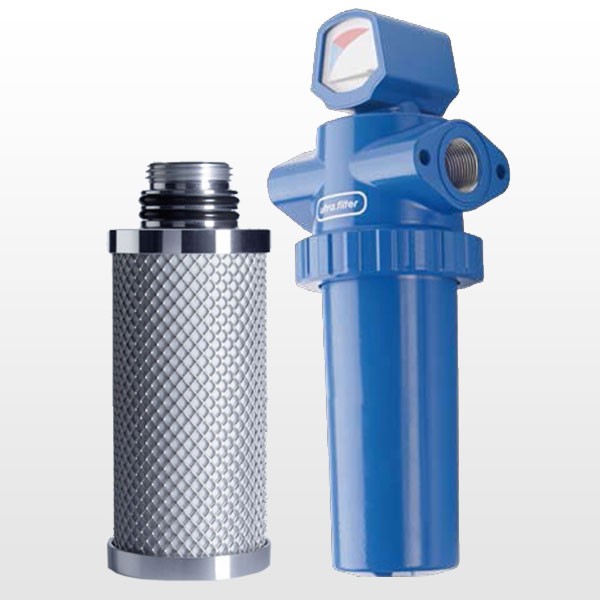Is Your Water System Sustainable?
Sustainable Water Systems

Sustainable water supply systems are those with the long-term ability to provide adequate water services while adapting to new regulations and customer demands. Sustainable systems look beyond day-to-day operations; they implement a comprehensive long-term approach. A continual assessment of plans, processes, service and skills is required to identify options and implement solutions that promote sustainability. Sustainable systems have the following characteristics:
- A commitment to meet service expectations
- Access to water supplies of sufficient quality and quantity to satisfy future demands
- Distribution and treatment systems that meets customer expectations and regulatory requirements
- The technical, institutional and financial capacity to satisfy public health, safety and environmental requirements for the long-term.
- A clear sense of the need for long-term asset management and the ability to pay for the replacement of infrastructure when it reaches the end of useful life.
Access to Capital
Access to capital is very important to organizations in the water supply business. Water supply is inherently more capital-intensive than other utility services. Over the industry as a whole, water utilities require twice as much capital per dollar of revenue as do electric power utilities. In smaller water supply systems (WSS) the intensity of capital use is even greater (Beecher, Mann and Stanford 1993):
- Small WSS serving 500 to 3,300 persons require about four times as much capital per gallon sold as do systems serving more than 50,000 persons
- Very small WSS serving fewer than 500 people require about 8 to 10 times as much capital per gallon sold as do systems serving 50,000 persons.
Operating Ratios
The operating ratio (OR) is the ratio of operating revenues to operation & maintenance expenses. Research suggests an OR above 1.2 is required. When OR is less than 1.0 it is a clear danger signal for a WSS; it is not earning enough in revenues to cover expenses. Many small systems operate near this ratio. US EPA data (USEPA 1999) show the following:
- 25 to 100 persons served: 61% have an OR less than 1.0
- 101 to 500 persons served: 43% have an OR less than 1.0
- 501 to 3,300 persons served: 24% have an OR less than 1.0
Assisting Smaller Water Supply Systems
Clearly lack of money and the consequent inability to provide for necessary expenditures is a severe challenge for many smaller WSS. Improvements in many areas such as water conservation and the provision of adequate water treatment are severely constrained by inadequate finances. The provision of certain resources will however help to improve the situation. These may include:
- Access to affordable loans for capital improvements
- Tools for effective long-term asset management & rate setting
- Help in communicating the true value of water to customers.
- Regional cooperation in the development and delivery of resources.

